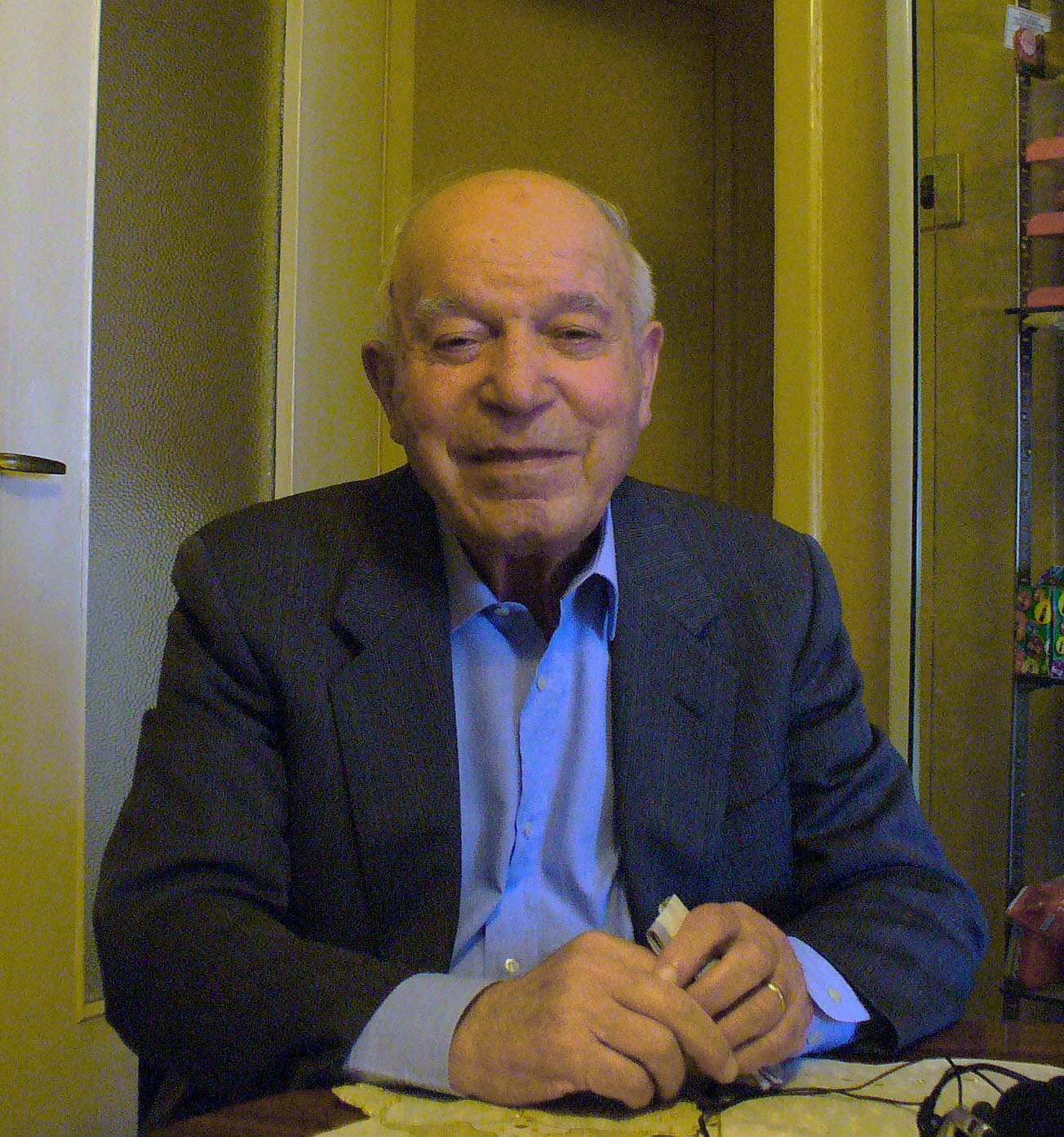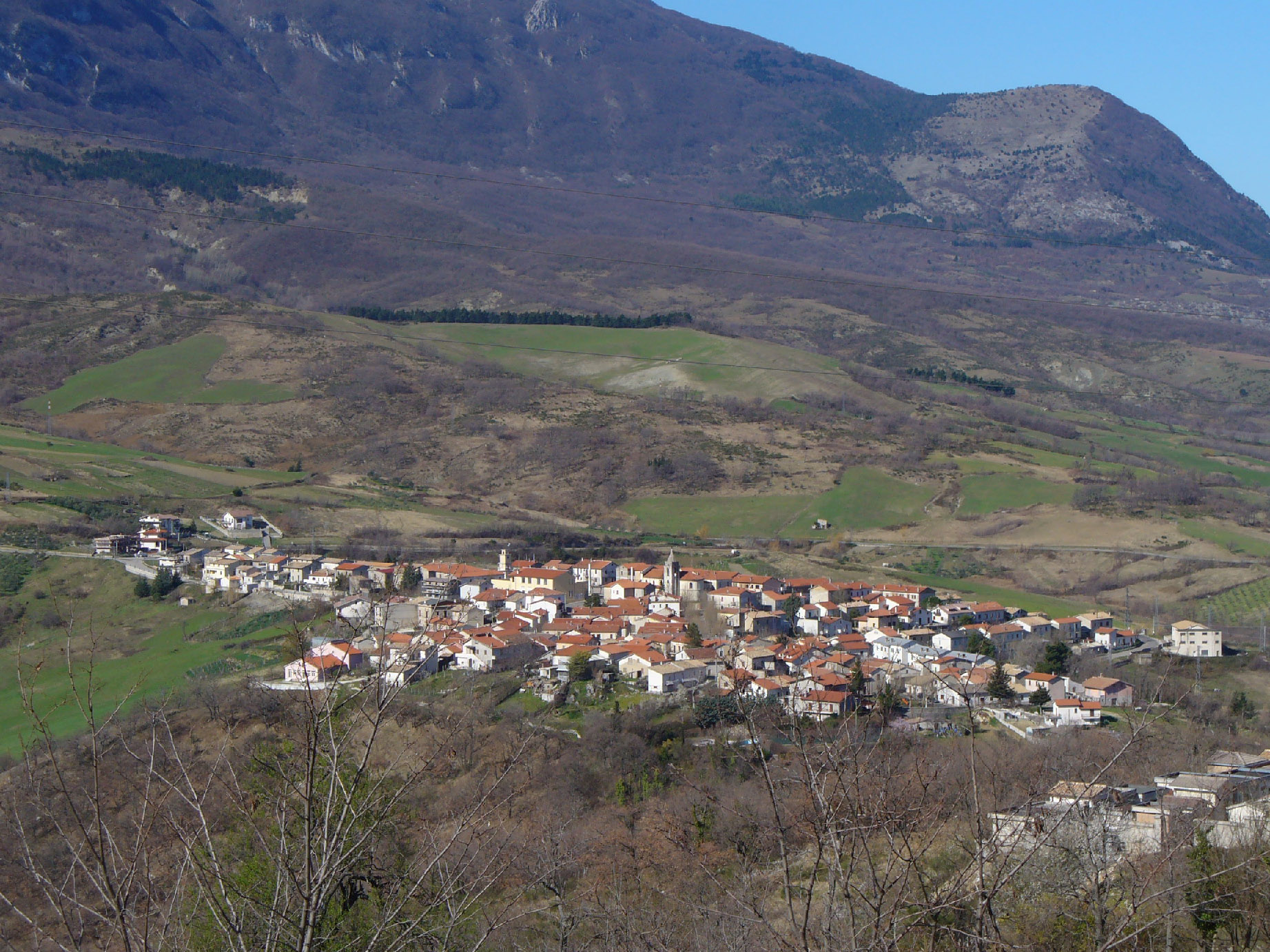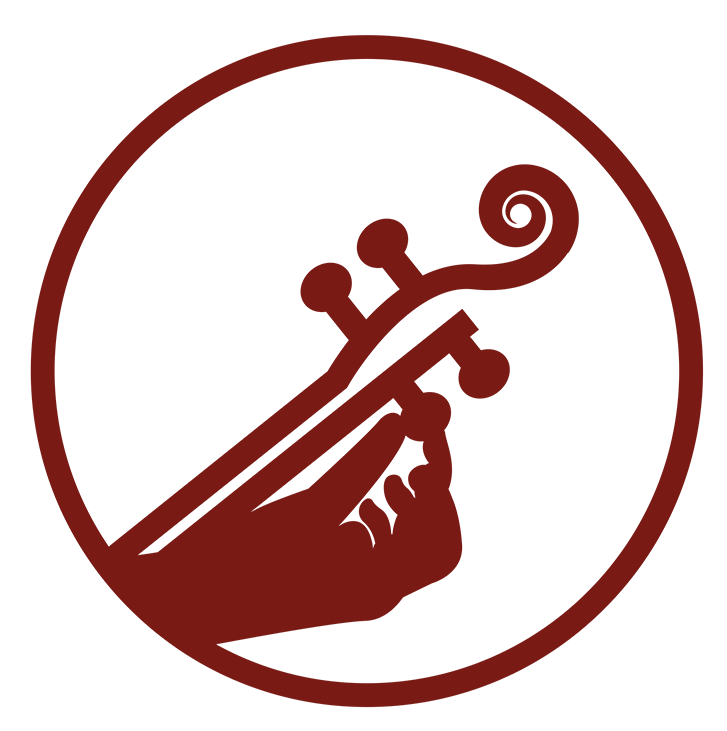
An autobiographical letter from Astro Di Russo - part 2

Due to the strong emigration, in 1960 I was forced to leave my village to settle in Naples. In Acerra, a nearby town with about 50,000 inhabitants, I started the production with 140 employees and later, in the 70s, I also opened a manufactury in Piano d'Orta (PE) where about 20 people were employed for ten years.
Just in 1960, I started a 30 years collaboration with a Swiss company. Thanks to that collaboration the company had a remarkable development, to become one of the most important in Europe in spite of the competition of groups like Babolat and other big companies in the field, both Italian and foreigners. My company, between 1969 and 1970, employed about 200 people scattered throughout Italy and produced between 35 to 40 million meters of serosa per year. This was the top of the energies profused by Di Russo.
Much of the serosa was exported to Germany, and later on, also in France and USA. Even the sales catgut floss, however, were far from tiny, exporting about 2-3 million meters every year.
Serosa is gut strings raw material, it's bovine intestines already cleaned and cut in strands of such a width so that they imitate the dimensions of sheep and lamb.
n 1961 we were working with 4 Birkmaier polishing machines continuously on three daily shifts, but, having learned the last news, in 1966 I did not hesitate to buy the first CINCINNATI grinding machine. It was an enormous machine that needed a supporting reinforced concrete platform, which occupied about 16 square meters excluding injection and extraction, and which was paid 16 million lire of the time (perhaps around ½ million euros).
This machine turned out to be a failure due to high operating costs and to its use somewhat limited, so, about 10 years later, we were using a lot of smaller grinding machines, cheaper and more handle.
In those years we worked with 6 Bitterlings cutting machines and 6 grinding machines from Veracchi which definitively replaced the old trolley sanders from Birkmaier.
In the mid-70s, with the changes in the laws on ecology, we built a treatment plant about 900 square meters wide which cost around 450 million lire at the time. It was defined as the largest of Campania among the private ones.
At the end of the seventies, we entered the tennis strings market with great success: they were also appreciated by Panatta and other famous players.
At the same time, we also produced excellent harmonic strings for double bass and for harp.
Over the years, the type of customer has gone increasingly varying and diversifying, in a gradual way. However, that of catgut, being represented more or less by the same companies not too flexible, but intransigent, this somehow has contributed to the optimisation of product quality.
The tennis rope market introduced a type of consumer, yes demanding, but much less rigid in its canons, as it is a product that should not have contact with the inner part of the human body and therefore not risky to health.
Here we are!! It was not musical needs to decide the quality of the strings, but the needs of the most demanding and economically rewarding suppliers: catgut, surgery floss.
The idea of quality was that required from catgut, not the needs of a flexible, well twisted and vibrating musical string. Catgut meant millions of meters of string. This is why after WWI musical strings were no more same quality as before.
Unfortunately, we did not have the chance to live the experiences of the single musician or orchestra, and therefore I can not say of the technical characteristics of musical strings.
The relationship with Salvi was brief and based merely on supplies.
Actually, when the company was closed (we didn't ask why, I think it was because of BSE syndrome, or because of health issues in the family), the son Nicola had for several years a firm of musical strings. I am really not sure but what we could understand was that at the end of the factory they still had a stock with many gauges, so to satisfy the Italian early music revival market for almost twenty years.
Until we served the serosa and catgut market, we had no supply problems, but with the introduction of the tennis strings we were forced to turn, at the end of the 70s, at the Argentinian and Brazilian market, not disdaining to do tests on raw materials from all over the world.
During the development of Di Russo company I was always travelling, in the North of Italy and abroad, and therefore I was organised, like all industries do, with departmental and administrative managers.
I remember one day when a friend and colleague from Salle visited me, he was surprised at how the working life went on, and he asked me which was my role in the company. I still remember the amazement of two of my friends and colleagues when I invited them to visit my factory: never would they have imagined the level which I reached.
I had so many satisfactions, and every deal dealt with either difficulty affected my personal growth strongly. My pride has always been, and still is, having achieved what no other man from Salle was ever able to think and realise here in Italy, and
to have been able to give work to hundreds of people during about 60 years of personal commitment.
Astro Di Russo,
Napoli, Settembre 2007
My deepest gratitude to Astro Di Russo and his son Nicola for their hospitality and generosity. This letter is really moving and I decided to share it in the hope that a deeper understanding of that period and those lives will enrich the music of many. Thanks for reading.


